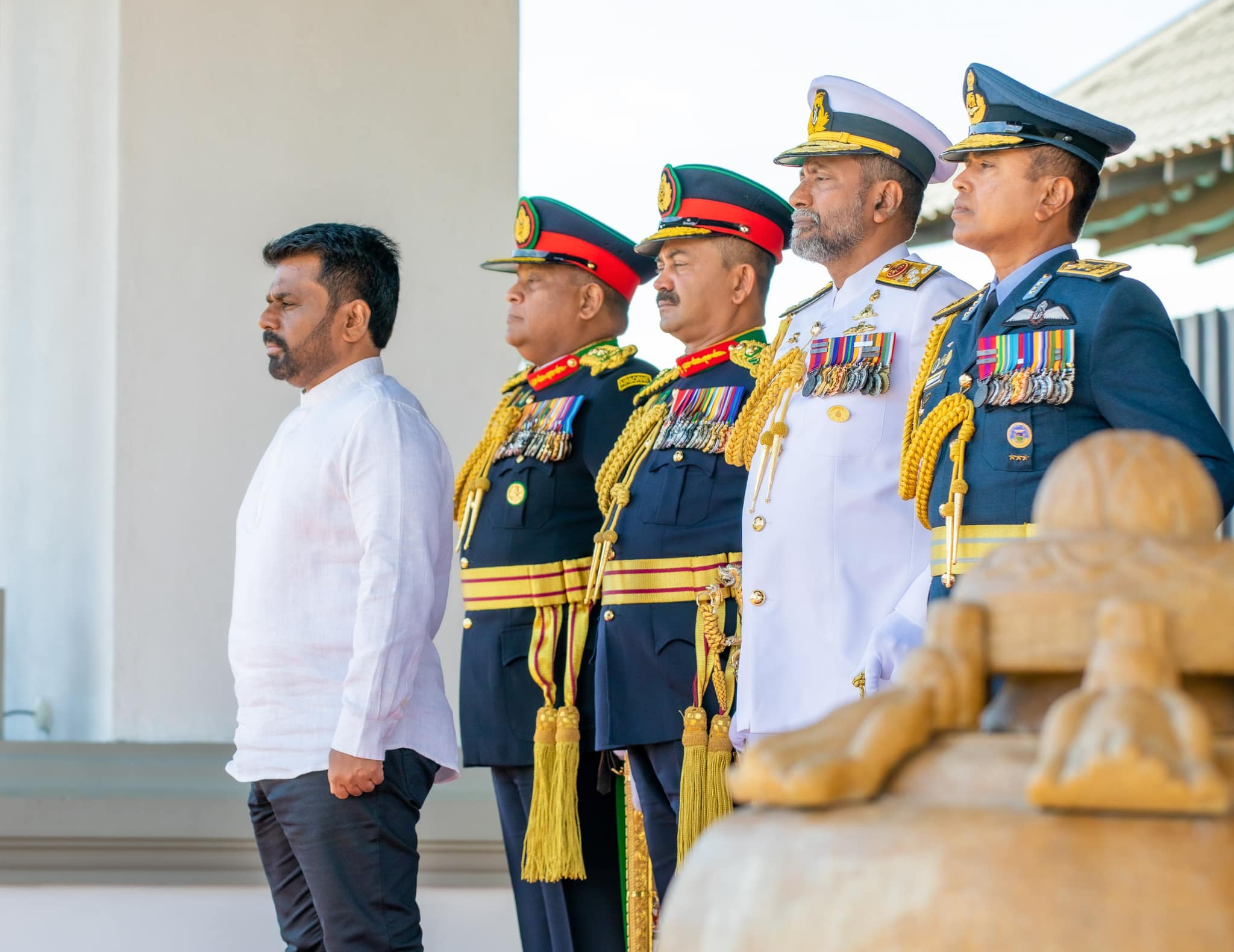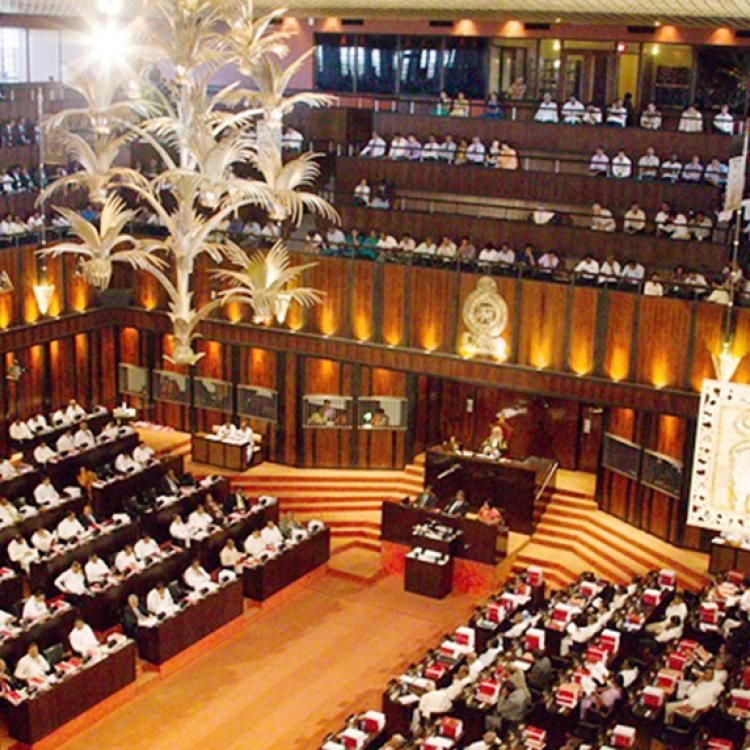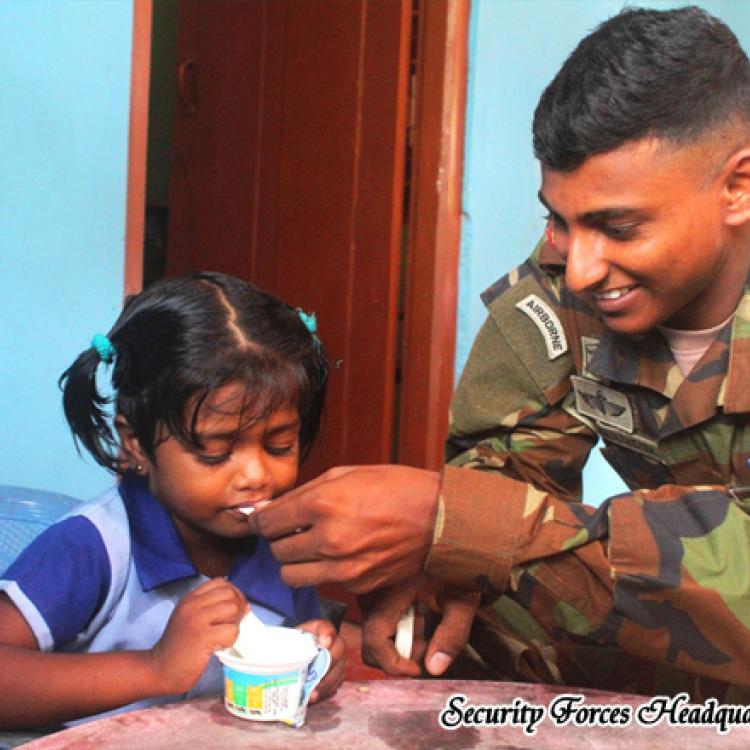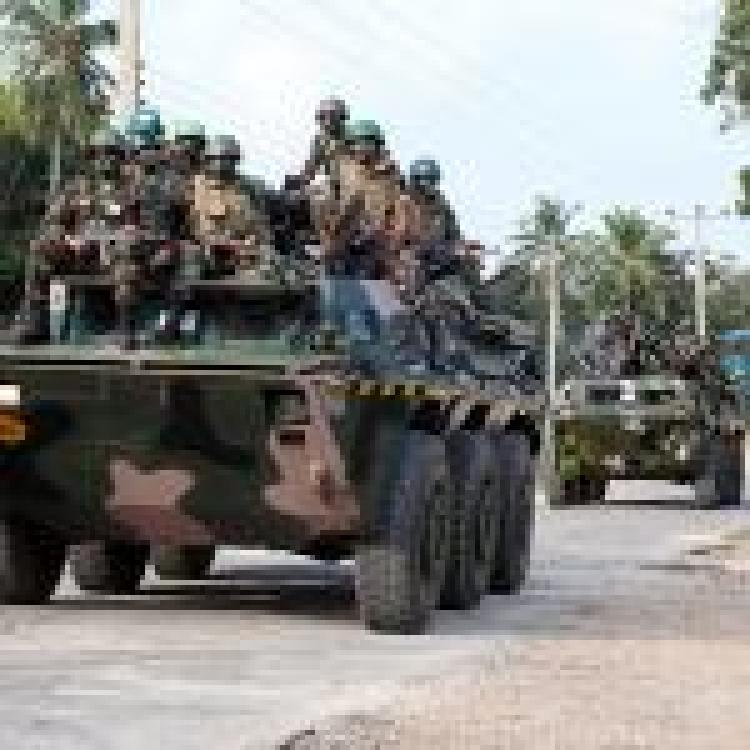
Sri Lankan President Anura Kumara Dissanayake has announced plans to downsize the island’s bloated military by 2030, pledging to transform it into a “professional institution” while simultaneously reinforcing its technological and strategic capabilities.
Addressing Parliament during the Committee Stage Debate on the 2025 Budget, Dissanayake declared that the Sri Lankan Army will be reduced to 100,000 personnel, while the Navy and Air Force will shrink by 40,000 and 18,000 troops, respectively.
He claimed this would make Sri Lanka’s security forces more efficient and technologically advanced. Yet, in the same breath, he vowed to strengthen the military with modern equipment, warships, and aircraft.
“We wish to transform our security personnel into professionals who are loyal to the nation, not towards individuals,” he affirmed. “The Air Force’s fighter jets, helicopters and weapons are nearing expiration.”
Dissanayake said provisions have been made for acquiring new aircraft for the Air Force and warships for the Navy, alongside a Rs. 1,000 million allocation to improve Police facilities.
He also said that the cabinet had already approved recruiting 10,000 new Police officers and an additional 4,000 Air Force personnel.
In 2022, Sri Lanka allocated 7% of its GDP to defence spending, surpassing both education and healthcare. Much of this budget—60%—is spent on wages. Sri Lanka’s 2025 budget allocated a staggering LKR 437 billion to defence spending—an increase of LKR 12 billion from the 2024 revised estimates, despite the island’s ongoing economic struggles.
Even government lawmakers have acknowledged the excessive militarisation. In 2023, then Samagi Jana Balavegaya (SJB) MP Eran Wickramaratne admitted that Sri Lanka is one of the most militarised places in the world, with 1.5 soldiers for every 100 civilians. The North-East, where the Tamil population has borne the brunt of decades of state violence, remains the most heavily occupied region. In Mullaitivu alone, there is at least one soldier for every two civilians, according to a 2017 report by the Adayaalam Centre for Policy Research (ACPR) and People for Equality and Relief in Lanka (PEARL).
Dissanayake’s proposal does not mention withdrawing troops from occupied Tamil lands or dismantling high-security zones.



